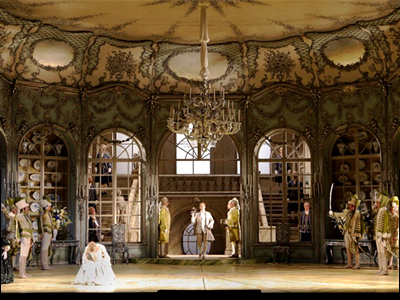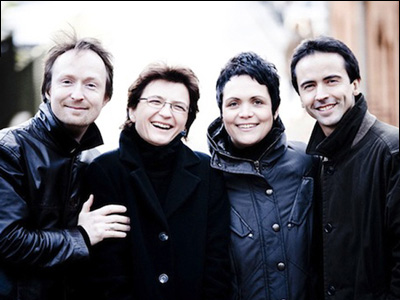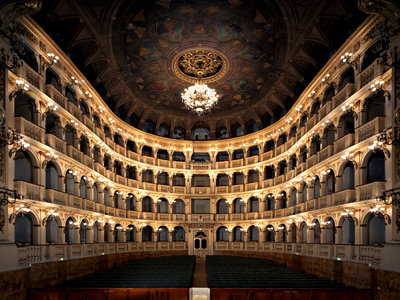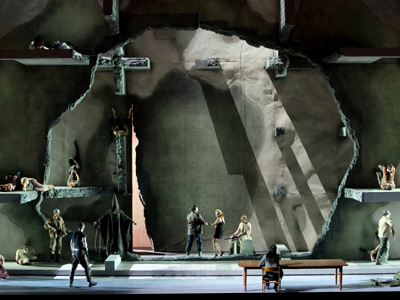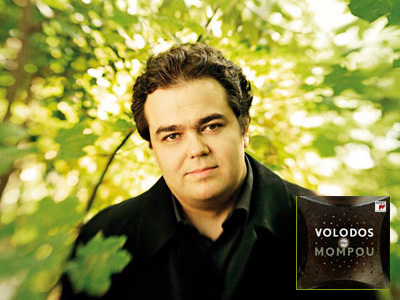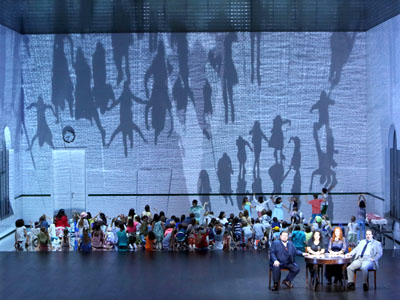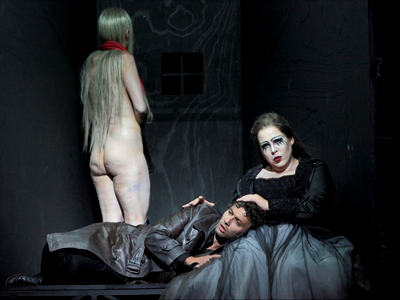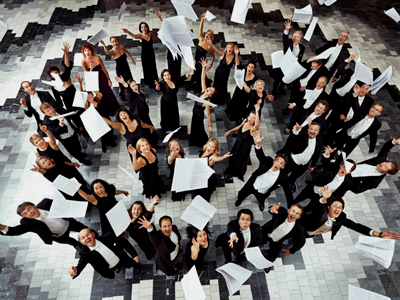By Brian Taylor Goldstein, Esq.
Dear Law and Disorder:
I was wondering if I have my own blog and post a music video from iTunes in the blog, giving full credit to the musician, including the musician’s original link, would this be legal? And can you please specify on what full credit means. Further, if I can’t do this, how do you go about getting permission from the musician?? Thank you!
A “copyright” is literally the right to make copies. A copyright “infringement” is when you make a copy of something without the owner’s permission.
Almost everything you can find on the internet (photos, images, videos, text, etc.) is someone else’s property. Part of the challenge of understanding digital rights is that the ease with which we can download and copy materials on the internet tends to make us forget that copying any materials without permission is still copyright infringement.
Without question, many people post pictures, videos, and other materials and are more than happy to have others repost and share them; but that decision is entirely up to the person who owns the materials. In other words, just because a car is parked on the street, doesn’t mean its free for the taking.
Purchasing and downloading a video from itunes only gives you the right to enjoy it. It doesn’t give you the right to re-post or copy the video. As such, posting someone else’s video on your blog would constitute copyright infringement unless you had permission from the owner of the video.
If you are commenting on or reviewing the video or the artist, then, arguably, you might be able to claim that posting the video constitutes “fair use.” However, the more of an item you post, the less “fair use” it becomes. So, an excerpt of a video is more likely to be “fair use” than posting the entire video. The better option would be for you to post a link to the video rather than post the video itself. In other words, you would be inviting your readers to go to itunes or the artist’s own website to view the video. This way, the owner can control whether or not they want the video to be shared.
I know many people who subscribe to the theory that, in practical terms, you should post anything you want until someone tells you to take it down. However, in practical terms, that’s also called “really bad advice.”
As for giving “full credit”, giving an owner credit in any form or manner neither gives you any rights to post materials nor absolves you of copyright infringement. Stealing a car, but leaving a thank you note crediting the owner, doesn’t make it any less a crime. If you want to get actual permission to repost a video, photograph, or any other copyrighted material, then you need to get permission (aka “a license”) from the owner—which may or may not be the artist. More often than not, video rights are controlled by record labels. Nonetheless, when seeking licenses, the best place to start is always the musician’s publisher, manager, or agent.
__________________________________________________________________
For additional information and resources on this and other legal and business issues for the performing arts, visit ggartslaw.com
legal and business issues for the performing arts, visit ggartslaw.com
To ask your own question, write to lawanddisorder@musicalamerica.org.
All questions on any topic related to legal and business issues will be welcome. However, please post only general questions or hypotheticals. GG Arts Law reserves the right to alter, edit or, amend questions to focus on specific issues or to avoid names, circumstances, or any information that could be used to identify or embarrass a specific individual or organization. All questions will be posted anonymously.
__________________________________________________________________
THE OFFICIAL DISCLAIMER:
THIS IS NOT LEGAL ADVICE!
The purpose of this blog is to provide general advice and guidance, not legal advice. Please consult with an attorney familiar with your specific circumstances, facts, challenges, medications, psychiatric disorders, past-lives, karmic debt, and anything else that may impact your situation before drawing any conclusions, deciding upon a course of action, sending a nasty email, filing a lawsuit, or doing anything rash!
